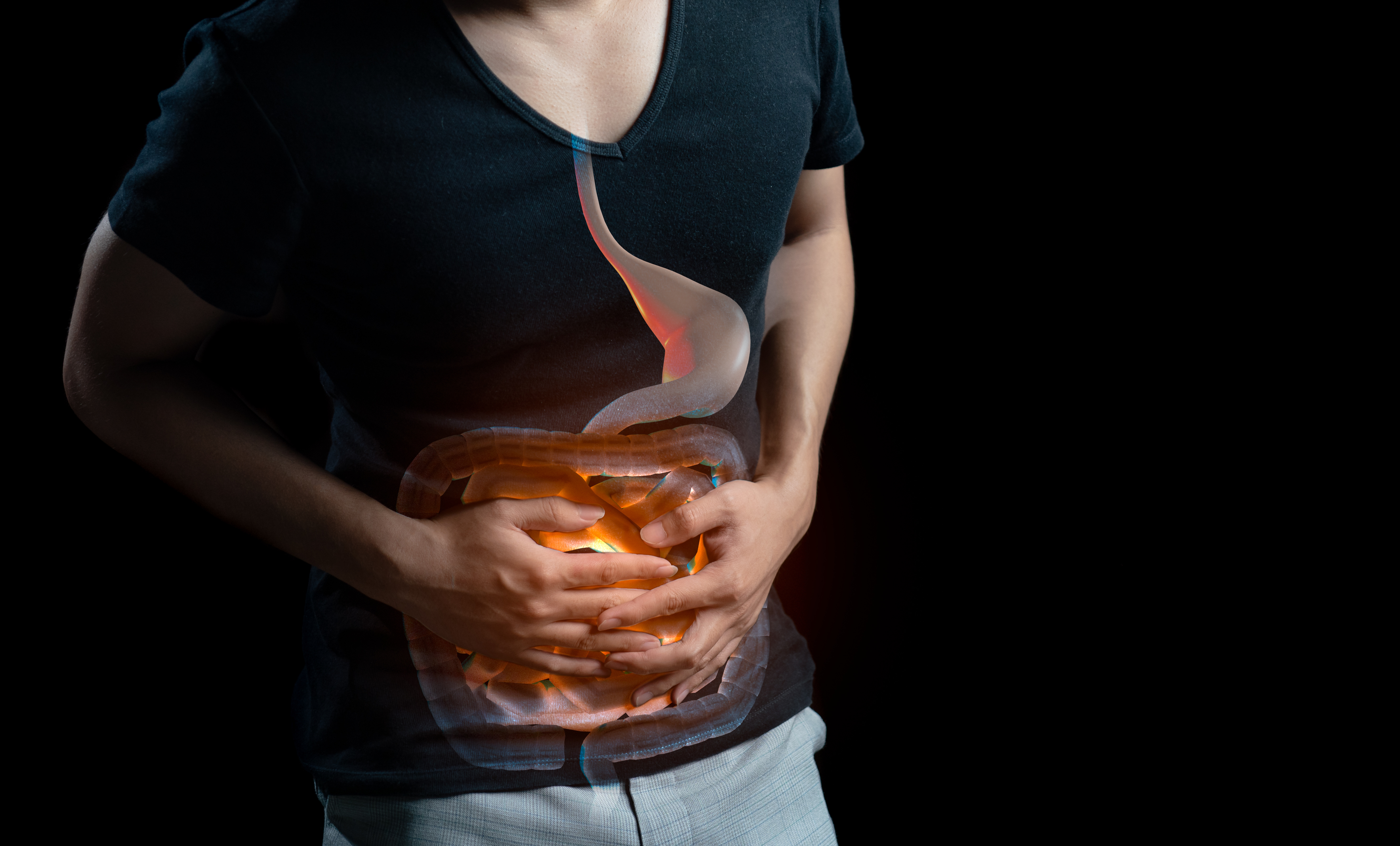Regular health check-ups have many benefits. Besides saving lives, they can also prevent the physical and mental trauma that may occur when suffering from serious illnesses. Many people believe that women are naturally healthier than men. For example, women generally do not smoke, drink alcohol, and are less likely to suffer from liver cirrhosis, liver pain, and heart disease. However, the reality is different. American medical experts have pointed out that in fact, women are more vulnerable and prone to certain diseases than men due to their unique body structure and physiological characteristics.
Therefore, regular health check-ups are very important for women, and it is better to develop this habit at a younger age. Regular check-ups provide necessary screenings, which can help doctors detect bodily abnormalities early, identify problems in advance, and improve the cure rate, thus maintaining good health. If you wait until you feel unwell before seeking medical attention, you may have missed the best treatment opportunity, so regular health check-ups are not a hassle. For women with a family history of genetic diseases, regular screenings and follow-ups should be done every year.
Furthermore, more importantly, regular check-ups allow individuals to fully understand their physical condition, and this peace of mind is priceless. Therefore, women should pay more attention to their physical condition and know what to do. The following checks are essential for women and should not be neglected.
1. Monthly self-examination of the breasts
Develop a good habit of self-examining the breasts, familiarize yourself with the normal shape and feel of your breasts, and be alert to any abnormalities. The best time to check is after the menstrual period when the breasts are softer and there is no swelling, which facilitates sensitivity. It is best to do the self-examination during bathing when the skin is wet with soap, which helps smooth finger movement on the surface of the breasts.
2. X-ray examination of the breasts
This examination is generally not necessary if there is no history of breast cancer in the mother or sisters.
3. Annual dental check-up
Women should insist on seeing a dentist every six months to remove dental plaque and tartar and prevent gum diseases. Women who are pregnant or taking oral contraceptives should visit the dentist more frequently due to higher estrogen levels in their blood.
4. Annual gynecological examination
This includes cervical smear tests to prevent cervical cancer caused by human papillomavirus (HPV). It also includes pelvic examinations, breast examinations, and lymph node examinations in the armpits and above the collarbone.
5. Annual self-examination for skin cancer
Stand in front of a full-length mirror to check the front of your body, then turn around and hold another mirror to observe the back, shoulders, arms, and the back of your legs. It is also important not to neglect the examination of the feet. Any mole larger than 6 square millimeters or with an uneven surface should be checked at the hospital. An increase in the size or darkening of the original pigmented area of the skin is also a dangerous signal.
6. Annual blood pressure measurement
Hypertension is not exclusive to the elderly. Measures should be taken if the systolic pressure (high pressure) exceeds 140 mmHg or the diastolic pressure (low pressure) exceeds 90 mmHg, such as diet control, exercise, or medication. Ultimately, it is important to follow the doctor's advice.
7. Annual vision check-up
Do not assume that your vision is fine. Many diseases that affect vision occur silently and gradually without obvious feelings. If you have diabetes, hypertension, a family history of glaucoma, or if you use your eyes extensively (such as prolonged exposure to computer monitors), the risk of developing eye diseases that affect vision is higher than that of ordinary people. It is necessary to have regular and detailed examinations by ophthalmologists to detect abnormalities early and take effective measures.
8. Comprehensive examination every five years
Women in the age group of 20-29 are less prone to diseases, but it is still necessary to have a comprehensive examination every five years. The doctor will ask detailed questions about personal medical history, relevant family medical history, and personal lifestyle habits, and then perform blood tests. Additionally, a glucose tolerance test, palpation examination of the liver and spleen, urine analysis, and hemoglobin test should also be done. The purpose of these examinations is to exclude diseases that may not have obvious symptoms.
9. Vaccination
Immunization mainly involves two types of vaccines. The first type is a bacterial vaccine to prevent diphtheria and tetanus (in China, diphtheria, tetanus, and pertussis vaccines are usually mixed together). The first dose is given in primary school or middle school, and a booster dose should be given at the age of 23-25. The second type is a measles, mumps, and rubella virus vaccine. Measles infection in adults can be life-threatening, and rubella infection often leads to miscarriage or deformities.












